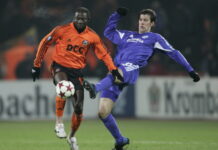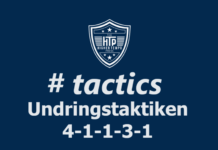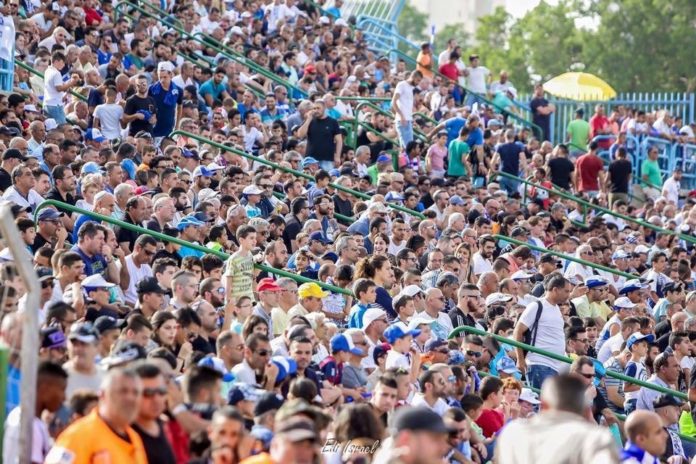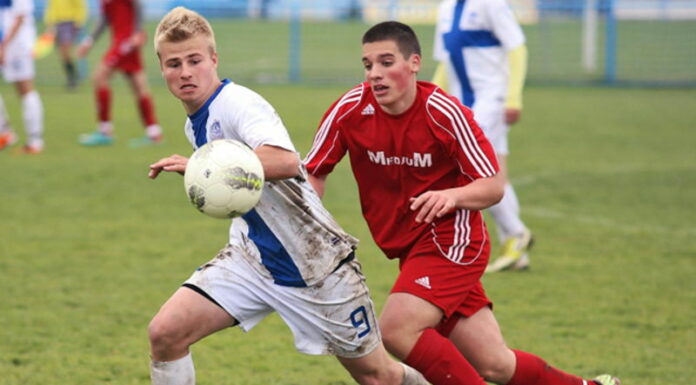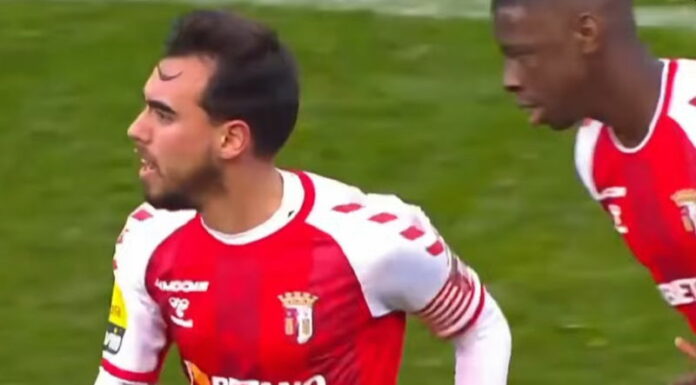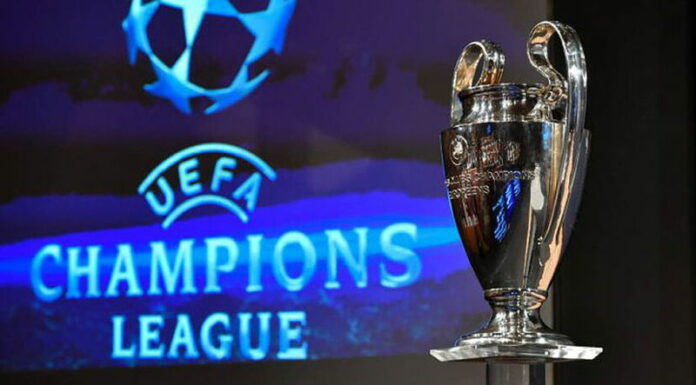So the question I’ve been asking myself, now that my first season at Hapoel Ashkelon FC has come to a close, is: what’s my strategy for developing the club? I’ve devoted today, which I’m spending alone, to figuring out the answer.
I spent the morning specifying the reasons why I didn’t want to pursue a youth development strategy (YDS). So now I need to consider the alternative.
A popular alternative to YDS is BL,SH – buy low, sell high: buy players at low prices, sell them on a higher, and invest the profit in further transfers, thus creating a positive cycle.
There are two strands to BL,SH. First, arbitrage: find a low-price environment whence to source players and them sell them in a high-price environment. In the parallel universe known as FM15, this worked well for me at Stoke, where I created a flow of young, well-schooled, talent from the Czech Republic, and on Crete at Kissamikos, where my Arabic-speaking scout repeatedly raided nations in the Maghreb.
The second strand is player development: you can sell players for more than they cost because you’ve developed them, through training, tutoring, match experience, and so on.
The two strands are perfectly compatible.
BL,SH is a great strategy. But it won’t work at Hapoel Ashkelon.
There are two barriers. First, the language: most players from abroad can’t speak Hebrew and it’s a difficult language to learn – so the cost of language courses is prohibitive. It destroys the margin.

Second, Israel is not a sell-high environment – at least from what I’ve seen so far. Israeli clubs are not in the habit of paying each other large sums. Maybe in future we’ll be able to attract large fees from clubs abroad – but before we can do that we’ll need better players. A higher profile would help too.
Time for lunch. There’s a place nearby that does great hummus and taboon bread. A glass of the locally brewed Tuborg wouldn’t go amiss.




